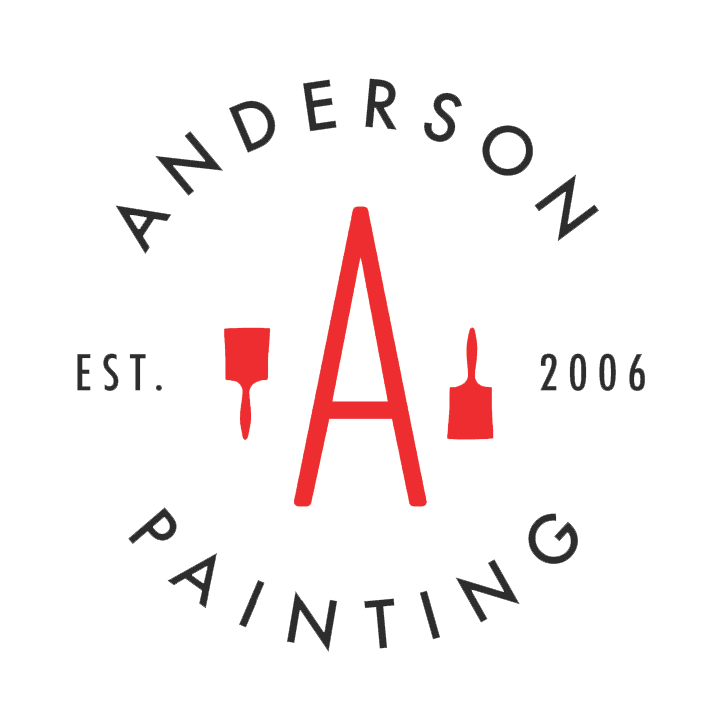Touching Up Your Walls: Dos and Don’ts

Not even the best paint jobs are impervious to damage. Touching up your walls and other surfaces is just part of home maintenance. For the most part, these minor fixes are easy to make. That doesn’t mean, however, that you shouldn’t pay attention to what you’re doing and how you’re doing it. There is a right way and a wrong way to touch up your painted surfaces. Here we’ll go over some of the major dos and don’ts of touching up your walls.
How to Touch Up Your Painted Walls: Dos and Don'ts
Do Check the Damage First
If one of your walls requires attention, the first step is to analyze the issue. Scuff marks, scratches, and things of this nature are superficial, only requiring some proper cleaning and/or paint to amend. If the problem is more severe, like a dent or hole, you’ll have to put a bit more effort into fixing it. In these cases, you might have to perform some drywall repair before touching up the paint job.
Fortunately, most minor drywall repairs are relatively simple and can be done using a standard drywall repair kit. Simply follow the instructions and properly patch the area. When all this is done, then you can begin touching up the area with paint.
Do Properly Clean the Area First
Paint adheres best to a clean surface. Your walls might not look dirty, but you’d be surprised at how much dust and dirt can unassumingly accumulate over time. To make sure the new paint sticks, carefully but thoroughly clean the affected area (or the whole wall, if you want) and let it dry before painting. This can usually be done with a damp cloth or sponge with some water mixed with detergent. Additionally, cleaning the area may reveal that no touch up is necessary. Scuff marks, for instance, can often be removed with the right technique. If the underlying paint isn’t damaged, you’re good to go.
Do the Right Prep Work
Just as with any other paint job, you want to prepare the area properly before painting. Raleigh house painters, for instance, may place fans in the room or open windows for better ventilation, lay down drop cloths, add a coat of primer to the area before painting it, etc. All of this prep work will make for a better, easier touch up in the end.
Do Use Paint with Matching Color and Sheen
Perhaps most importantly, when touching up your walls, make sure you use the exact same brand, color, and type (sheen) of paint you used in the first place. Failing to do this will result in a noticeable disparity between the area in question and the rest of the surface. If you don’t recall which paint was used, you may have to seek help from a hardware or paint store with color-matching services. Or, if applicable, reach out to the Raleigh painting service that painted your home.
Don’t Use Too Much Paint
Touch-ups can range from extremely minor to covering more than half of a wall. Whatever the case, be mindful of how much paint you’re using. You’ll see professionals use a tiny amount of paint to start with. More paint and coats can always be added, but using too much paint can lead to streaking and blob formation.
Don’t Forget to Stir the Paint
It’s standard practice to give paint a good stir before applying it to a surface, whether it’s a brand new bucket or an old stored container. This helps bring the binding and pigment components together. Proper stirring will ultimately result in a better, more evenly distributed finish.
Don’t Get Rid of Extra Paint
If there’s one lesson many homeowners learn the hard way, it’s when they’re looking for the paint they used a year ago and can’t find it. Throwing away unused paint isn’t just a waste of money, but it makes touching up walls that much harder. Rather than use the exact same paint you did before, you’ll have to match colors and hope you get the right fit. If you have any paint left over after a big job or a touch-up, make sure you store it properly so that you can use it again in the future. You never know when you’ll need it.
Don’t Neglect Texture
Matching color and sheen is crucial to a proper touch-up. But don’t forget about the texture. This has to do with the brush or roller you used when initially painting the wall. Different applicators leave slightly different textures. So, if you used a roller to paint your wall, use a roller to touch it up. If you used a brush, use a brush. For the best results, try to get as close as possible to the pre-existing texture. Keep direction in mind, too.
Those are the big dos and don’ts of touching up your walls. Keep them in mind next time you’re faced with this task. Remember, if you’re not sure how to proceed with a touch-up, or if your walls need a new coat entirely, reach out to Anderson Painting contractors. Our experience and use of high-quality paint will help us make your home look as good as new. To learn more about us and all our services, call Anderson Painting today at 919-610-1855 or email us at info@andersonpaintingnc.com!




